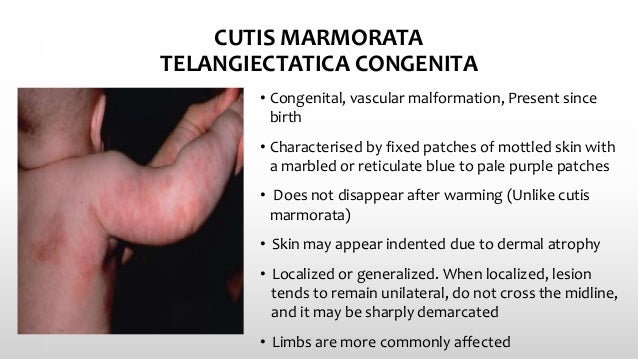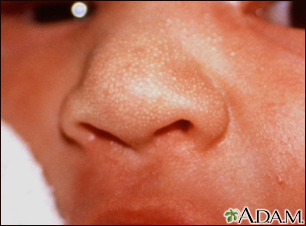Newborn Skin Marbling

Your baby s hair can change colors and their complexion may become lighter or darker.
Newborn skin marbling. The skin may have red and purple marks streaks or spots. Marble skin in a newborn can appear with a decrease in body temperature or in the case of disorders of the coordination of the nervous system. It produces a typical marbled appearance of the skin. During the first few days of.
Marble skin in a newborn is the appearance of vascular capillaries on a child s skin against the background of her pallor under the influence of certain factors. Pink pimples neonatal acne are sometimes. It produces a marbled look of the skin. In this case when consulting a neurologist one should speak about such episodes of marbling of the skin which can be one.
Read on to learn several causes of mottled skin and what you can do about it. The changes described below can happen to any newborn. Most of these changes are benign and self limited but others require further work up for infectious. Cutis marmorata or skin mottling also appears when the infant passes stools.
Others are signs of problems. But skin color changes may be more obvious in babies born early or prematurely who have thinner skin than full term babies. Some color changes are normal. During the time of delivery skin mottling can develop as a result of broken blood vessels present on the upper layer of the skin.
If the baby is otherwise acting very much healthy it should disappear in a few minutes. During the time of the child delivery mottling can develop due to the broken blood vessels that are present on the upper layer of skin. A newborn s skin may exhibit a variety of changes during the first four weeks of life. Even from one moment to the next skin color can vary depending on the activity level of the baby.
An intensely cold environment can also cause mottling of the skin. In newborns skin color changes are often due to something happening inside the body. Common rashes in newborns. It may also have a marbled appearance with different colors.
Such changes in the skin of a child can be in absolutely healthy children against the background of changes in the temperature of the environment and this can also indicate different. A newborn s skin is prone to rashes of all sorts. Of course family characteristics and racial factors will also influence the color of your baby s skin. Fortunately most of these rashes are harmless and go away on their own.
A newborn s appearance including their skin can change a lot within the first few weeks of life.



















